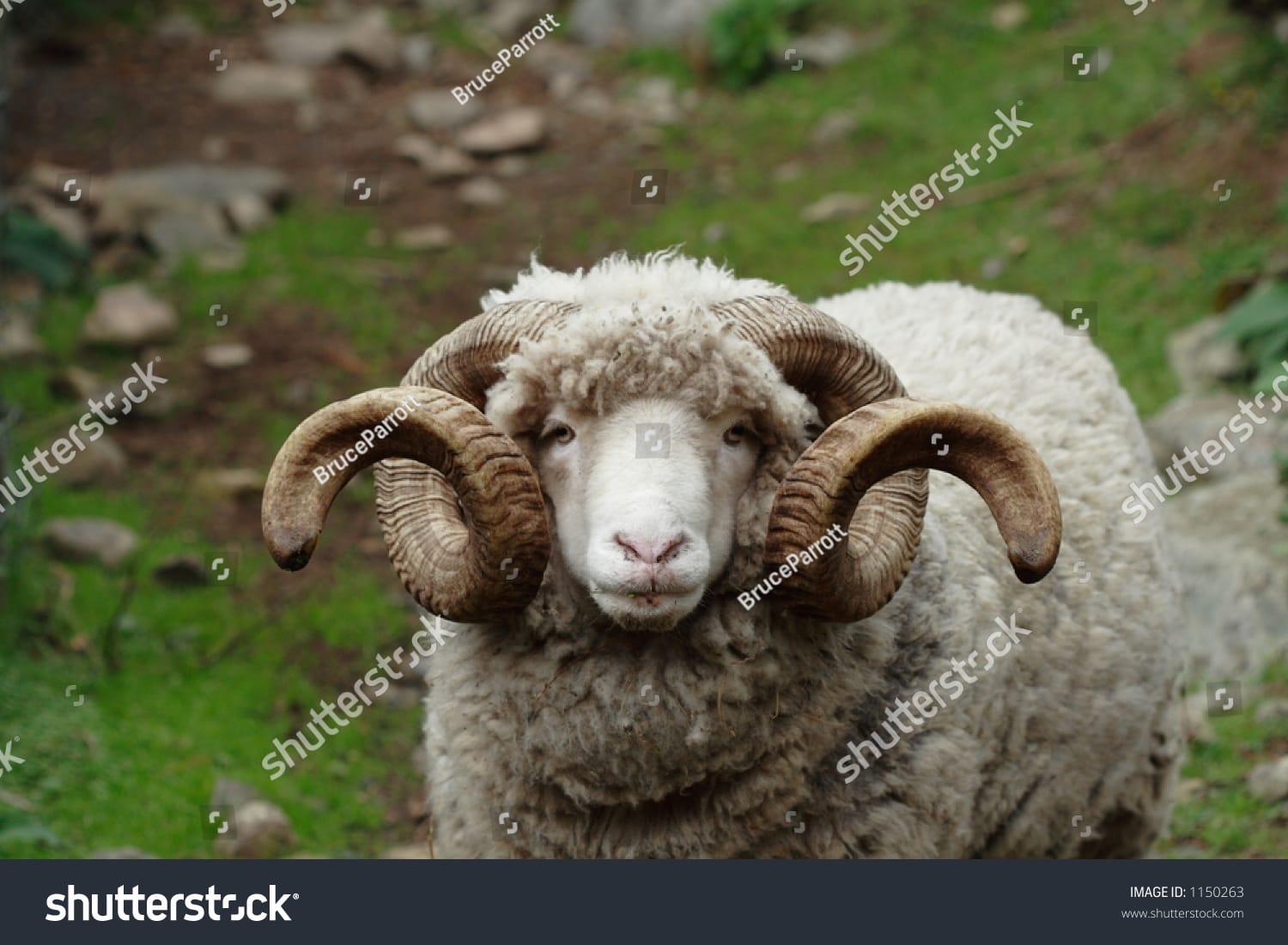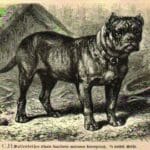Sheep are fascinating creatures, but the question of whether female sheep (ewes) have horns often sparks debate. While some ewes proudly sport horns, others remain hornless. So, what’s the deal with these unique head adornments?
Decoding Ewe Horns: It’s All in the Breed
The presence or absence of horns in ewes primarily depends on their breed. Genetics play a crucial role, influencing whether a ewe inherits the genes for horn growth or the genes for being polled (naturally hornless).
-
Horned Breeds: In breeds like the majestic Bighorn sheep and the distinctive Jacob sheep, both males (rams) and females naturally develop horns. These breeds often retain this characteristic from their wild ancestors, where horns provide essential defense against predators and establish dominance within the flock.
-
Polled Breeds: Many domesticated sheep breeds, such as the popular Suffolk and Cheviot, have been selectively bred for hornlessness. Farmers often favor polled sheep due to the reduced risk of injury to other sheep and handlers, making them easier to manage.
-
Mixed Breeds: The majority of domestic sheep breeds fall somewhere in between, with rams being more likely to sport horns than ewes. This variation is due to the complex interplay of multiple genes influencing horn inheritance in sheep.
Ewe Horns vs. Ram Horns: Size and Function
While both ewe and ram horns serve important purposes, they often differ in size, shape, and primary function.
Ewe Horns: Elegant Defense and Social Cues
Ewe horns are typically smaller and more delicate than the imposing horns of rams. While they may appear less prominent, ewe horns still play a vital role in their lives:
-
Defense Mechanisms: Though smaller, ewe horns provide a crucial line of defense against predators, especially for mothers protecting their lambs. Imagine a coyote encountering a determined ewe defending her young with sharp horns—not an easy target!
-
Social Hierarchy: Within a flock, ewe horns can influence social dynamics. They may use their horns to establish dominance, settle disputes, and maintain order among themselves.
Ram Horns: Majestic Crowns of Competition
Ram horns, often larger and more dramatically curved, serve as impressive displays of strength and virility.
-
Competition for Mates: During mating season, rams engage in fierce battles using their horns to establish dominance and win over potential mates. The size and shape of their horns can influence their success in these competitions.
-
Visual Displays: The imposing presence of large ram horns likely serves as a visual deterrent to rivals, signaling their strength and dominance within the flock.
The Science Behind the Horns: Genetics and Selective Breeding
The presence or absence of horns in sheep boils down to their genes—the inherited instructions that determine their traits.
-
The “Polled” Gene: The presence or absence of horns is primarily determined by the “polled” gene. Sheep inheriting two copies of the polled gene (pp) will not develop horns. In contrast, sheep carrying one or two copies of the non-polled gene (P) have the potential to develop horns.
-
Sex-Linked Inheritance: The expression of horns can be influenced by the sex of the sheep. This sex-linked inheritance pattern is why rams are generally more likely to have horns, even if they carry the same genotype as some ewes.
The Human Touch: Shaping Sheep Characteristics Through Breeding
For centuries, humans have selectively bred sheep for desirable traits, including horn presence or absence. This intentional selection has significantly influenced horn prevalence in different sheep breeds.
-
Promoting Polled Sheep: Farmers often favor polled sheep for their ease of handling and reduced risk of injury to other sheep or handlers. This preference has led to the widespread breeding of polled breeds, particularly for commercial purposes.
-
Preserving Horned Breeds: Some farmers and breeders actively maintain horned sheep breeds for their unique characteristics, such as specific wool types, heritage preservation, or aesthetic preferences.
Beyond the Surface: Ongoing Research and Future Implications
The world of sheep horns continues to fascinate scientists, with ongoing research delving deeper into the complexities of horn inheritance, development, and evolutionary significance.
-
Unraveling Genetic Mysteries: Scientists are exploring the specific genes and genetic mechanisms responsible for horn development and variations in horn size, shape, and curvature.
-
Ethical Considerations: As our understanding of sheep genetics advances, so do the ethical considerations surrounding selective breeding practices. Researchers and breeders are increasingly mindful of animal welfare, exploring alternatives to dehorning practices and promoting responsible breeding programs.
-
Climate Change and Horn Growth: Some studies suggest that environmental factors, such as climate change, might influence horn growth in sheep. Researchers are investigating these potential links to understand how changing environmental conditions could impact sheep populations and their horn characteristics.
A Glimpse into a Complex World
The next time you encounter a flock of sheep, take a moment to observe their horns (or lack thereof). These fascinating structures, shaped by genetics, evolution, and human intervention, offer a glimpse into the complex and intriguing world of these remarkable creatures.
Internal Links:
Curious about hibernation in other animals? Discover the fascinating truth about foxes and their winter habits: do foxes hibernate.
For those intrigued by the climbing prowess of bears, delve into the world of grizzly bears and their surprising arboreal abilities: do grizzly bears climb trees.
- Unveiling Bernhard Caesar Einstein’s Scientific Achievements: A Legacy in Engineering - July 15, 2025
- Uncover who is Jerry McSorley: CEO, Family Man, Business Success Story - July 15, 2025
- Discover Bernhard Caesar Einstein’s Scientific Contributions: Unveiling a Legacy Beyond Einstein - July 15, 2025















